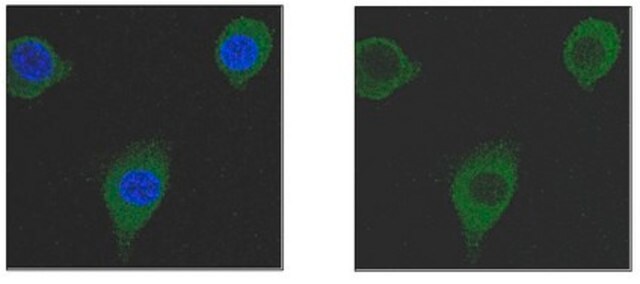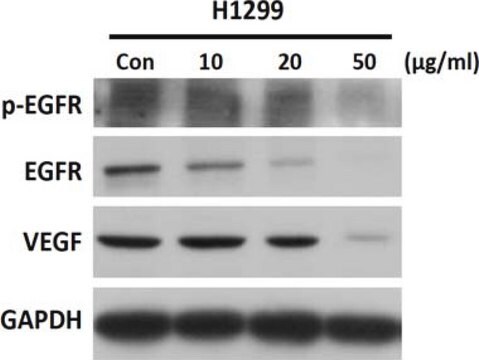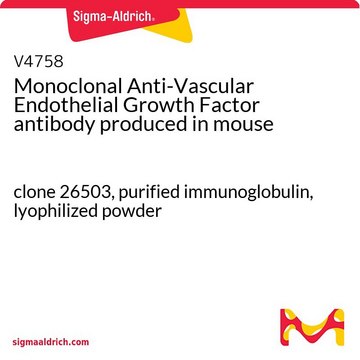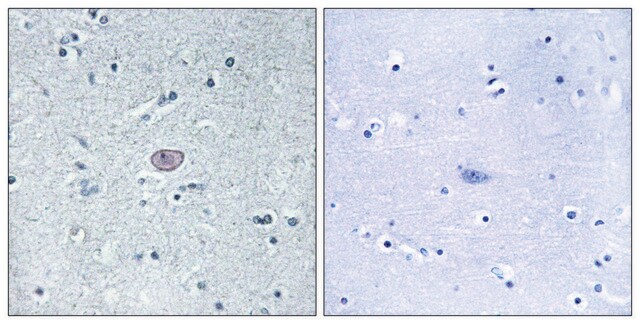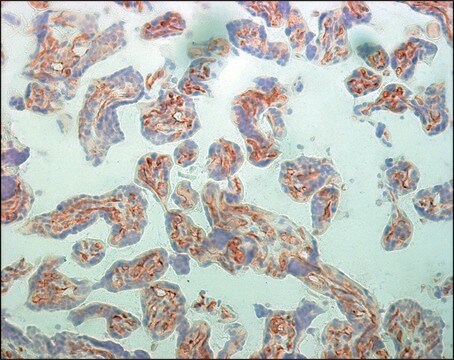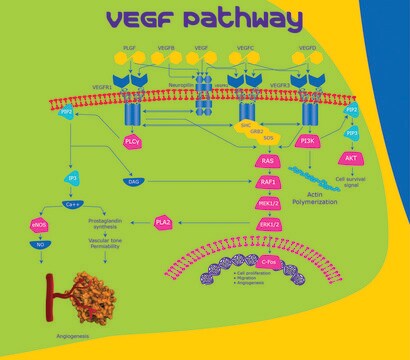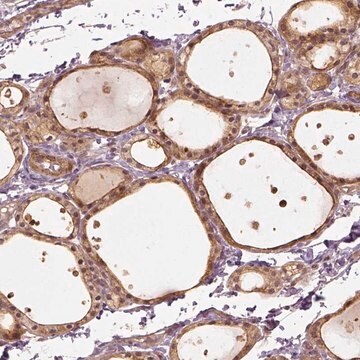V3003
Monoclonal Anti-Vascular Endothelial Growth Factor Receptor-2 (KDR) antibody produced in mouse
clone 260.4, KDR-2, ascites fluid
Sinónimos:
Monoclonal Anti-Vascular Endothelial Growth Factor Receptor-2 antibody produced in mouse, Anti-KDR, Anti-VEGFR-2
About This Item
Productos recomendados
origen biológico
mouse
conjugado
unconjugated
forma del anticuerpo
ascites fluid
tipo de anticuerpo
primary antibodies
clon
260.4, KDR-2, monoclonal
contiene
15 mM sodium azide
reactividad de especies
human
técnicas
immunohistochemistry (frozen sections): suitable
indirect ELISA: suitable
western blot: 1:500 using insect cell culture supernatant expressing human extracellular recombinant VEGFR or VEGF Receptor-2 (KDR, FLK-1)/FC Chimera human, recombinant
isotipo
IgG1
Nº de acceso UniProt
Condiciones de envío
dry ice
temp. de almacenamiento
−20°C
modificación del objetivo postraduccional
unmodified
Información sobre el gen
human ... KDR(3791)
¿Está buscando productos similares? Visita Guía de comparación de productos
Descripción general
Especificidad
Inmunógeno
Aplicación
- immunofluorescence
- immunohistochemistry
- immunoblotting
- enzyme-linked immunosorbent assay(ELISA)
Acciones bioquímicas o fisiológicas
Descripción de destino
Forma física
Almacenamiento y estabilidad
Cláusula de descargo de responsabilidad
¿No encuentra el producto adecuado?
Pruebe nuestro Herramienta de selección de productos.
Código de clase de almacenamiento
10 - Combustible liquids
Clase de riesgo para el agua (WGK)
WGK 3
Punto de inflamabilidad (°F)
Not applicable
Punto de inflamabilidad (°C)
Not applicable
Certificados de análisis (COA)
Busque Certificados de análisis (COA) introduciendo el número de lote del producto. Los números de lote se encuentran en la etiqueta del producto después de las palabras «Lot» o «Batch»
¿Ya tiene este producto?
Encuentre la documentación para los productos que ha comprado recientemente en la Biblioteca de documentos.
Nuestro equipo de científicos tiene experiencia en todas las áreas de investigación: Ciencias de la vida, Ciencia de los materiales, Síntesis química, Cromatografía, Analítica y muchas otras.
Póngase en contacto con el Servicio técnico